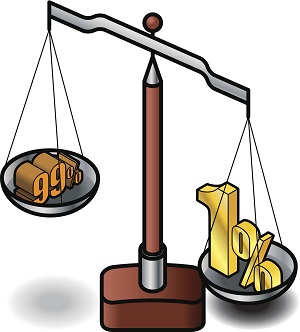
Over the last 30 years, income inequality has been rising in most UNECE countries. In many countries, the widening gap between the rich and the poor has stimulated increasing public debate on inequalities, particularly since the beginning of the global economic downturn. This has led to growing interest in the various measures of economic inequality that are available.
Engaging policymakers in the development of statistical indicators at all levels is critical in generating demand for data and ensuring national ownership, especially in the context of monitoring progress towards Sustainable Development Goal (SDG) 1 on eradicating poverty.
This was the centre of recent discussions held between around 60 experts from statistical offices, research institutions and international organizations in Budva, Montenegro, who gathered to discuss challenges and address different methodological issues linked to measuring poverty and inequality. Discussions focused around different formats and levels of national stakeholder involvement in indicator development, as well as the principles of independent production of policy-relevant indicators, which are valuable for both producers and users of statistics.
While maintaining relevance to national priorities and addressing the specific needs of each country will remain central to countries’ statistics on poverty and inequality, the important role of international organizations in shaping the response of the international statistical community to the call for data harmonization and cross-country comparability was also emphasized.
At a workshop for countries of Eastern Europe, the Caucasus and Central Asia, participants reviewed current practices of poverty measurement and identified priorities and next steps towards further harmonizing poverty statistics. The ongoing global processes related to SDG implementation were recognized as a great stimulus for action towards data harmonization and comparability of poverty measures.
Traditional poverty or inequality measures are usually estimated and used at the national level. Designing and implementing policies for poverty alleviation, however, requires far more detailed information than an overall national estimate can provide. Disaggregated measures are therefore essential to realize the 2030 Agenda for Sustainable Development underlying commitment to “leave no one behind”. Countries, therefore, recommended pursuing further methodological work in addressing the challenges of disaggregating national poverty estimates in order to better understand how different population groups and regions are affected by poverty.
Details of the meetings, including papers and presentations, can be found at: http://www.unece.org/stats/documents/2017.9.poverty.seminar.html http://www.unece.org/stats/documents/2017.9.poverty.workshop.html

